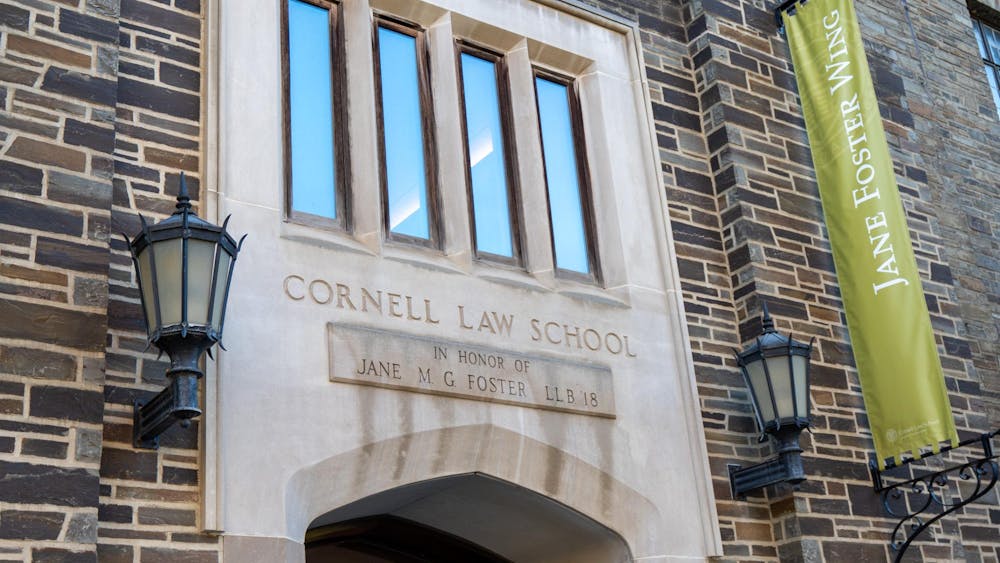Conducting basic research can often have unexpectedly important implications for human health. That’s just what happened to a research team at Cornell that discovered how a protein named PARP-1 binds to genes and regulates their expression. Their work could have important impacts in diagnosing a number of diseases. The researchers found that the location of the protein has a significant impact on human genes. Prof. W. Lee Kraus, molecular biology, Matthew J. Gamble Ph.D. and Raga Krishnakumar grad co-authored an article about the research, which appeared in the Feb. 8 issue of the journal Science. The National Institutes of Health funded the research. According to Kraus, the original purpose of the research was to find the location of PARP-1 in the human genome. They already knew that the protein could bind to the genetic material in the cell, but they did not know where it was located in the genome. “What was interesting to us is that we found the protein at promoted for genes, which are basically the on/off switches for genes,” Kraus said. Graduate students Kristine M. Frizzell, Jhoanna G. Berrocal and Miltiadis Kininis were also part of the team. The team found that genes that were expressed the most times had the most PARP-1, and genes that were expressed less had proportionally less PARP-1. They also found that PARP-1 helps to control another protein, which inhibits gene expression, called H1. According to Gamble, the research was another step toward understanding the mechanisms that manage gene regulation, which is an enormously complex process. The team has found another piece of the puzzle. If scientists can understand the role of PARP-1 in gene expression, they come closer to understanding how the human genome is controlled. Gene expression is a basic process but it is central to life. “Fundamentally understanding how a specific protein can play a role in regulating gene expression across the genome lets us understand how that protein controls specific biological processes,” Kraus said. Gamble explained that the research that the team conducted was basic research that allows scientists to gain a better understanding of how genes are regulated at a basic level. This process can lead to discovering exactly what is going wrong in a variety of different diseases, from genetic disorders to some cancers, which are caused by genes being regulated incorrectly. “Gene expression is at the base of a lot of diseases and disorders, so while it may not target specific diseases, it can broaden clinical studies,” Krishnakumar said. Now that scientists know where PARP-1 is located, they can try to see what effect drugs have on PARP-1 activity. For example, Krishnakumar explained that one day cancer may be controlled by PARP-1 inhibitors, which would cause genes to turn off. “This is an ongoing project. We’ve learned something about where this protein localizes and we’ve learned that it helps to keep the genes in the ‘on’ position. Now we want to understand how this actually occurs,” Kraus said. “One way is to get rid of H1, a protein that has a tendency to put the promoters in an ‘off’ position.” Krishnakumar said that she became interested in the research because it was very basic, and it studied human models, which could be relevant in many different areas. The Kraus lab will continue to work with PARP-1 with the hopes of elucidating the mechanisms and finding out what other factors are involved.
Research Finds Protein That Regulates DNA
Reading time: about 3 minutes
Read More










